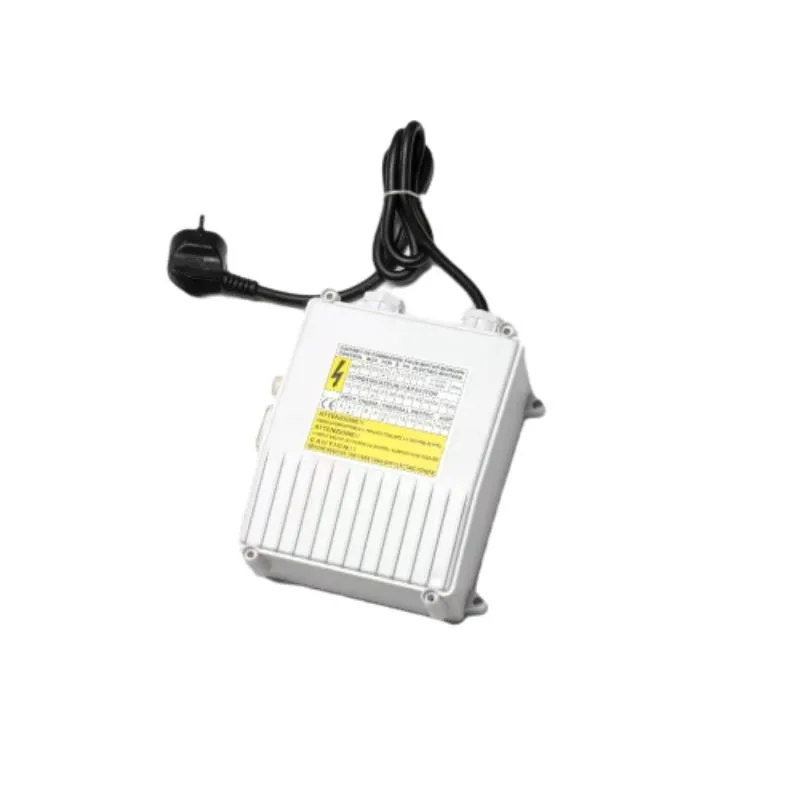How to Use Self-Amalgamating Tape A Complete Guide
Self-amalgamating tape, also known as self-fusing or fusion tape, is a highly versatile and useful tool in both electrical and general repairs. This innovative tape is made from silicone or rubber-based materials that adhere to themselves without needing any additional adhesives. Whether you’re looking to insulate wires, repair hoses, or seal leaks, self-amalgamating tape provides a quick and effective solution. In this article, we’ll explore how to properly use self-amalgamating tape, its benefits, and some applications to help you get the most out of this remarkable product.
What is Self-Amalgamating Tape?
Self-amalgamating tape is a non-sticky tape that fuses to itself when stretched and wrapped around objects. This creates a waterproof, airtight seal that is resistant to temperature extremes and UV light. It is often available in various widths and thicknesses, making it suitable for different applications. The key advantages include its ease of use, durability, and versatility.
Preparing for Application
Before you begin using self-amalgamating tape, it’s important to prepare the area effectively
1. Clean the Surface Ensure that the surface where the tape will be applied is clean and dry. Remove any dirt, moisture, or debris, as these can hinder the tape’s ability to adhere to itself.
2. Cut the Tape Measure the length of tape you will need for your project. It's better to cut a piece that is slightly longer than necessary to ensure complete coverage.
How to Use Self-Amalgamating Tape
Here is a step-by-step guide on how to apply self-amalgamating tape effectively
1. Start the Wrap Begin wrapping the tape around the object you are working on. The first rotation should overlap with the starting point by about half an inch. Hold the tape taut as you begin to wrap, ensuring it adheres properly.
self amalgamating tape how to use

2. Continue Wrapping As you wrap, make sure to overlap each layer by about half of its width. This overlapping is crucial because it creates a strong seal and enhances the integrity of the tape. Apply tension as you wrap, as a tight application helps the layers meld together.
3. Finish the Wrap When you reach the end of the area you need to cover, cut the tape to the desired length. Press down gently on the end of the tape to ensure it adheres to the wrapped layers without any gaps.
4. Curing Time Allow the tape to cure for a few minutes. Although it fuses immediately, giving it some time will enhance its bonding strength.
Applications of Self-Amalgamating Tape
Self-amalgamating tape has a multitude of applications across different fields
- Electrical Insulation It is widely used in the electrical industry to insulate wires, connectors, and joints. Its resistance to heat and moisture makes it ideal for these applications.
- Plumbing Repairs Indeed, this tape is beneficial for temporarily sealing leaks in pipes and hoses until more permanent repairs can be made.
- Marine Use Many boaters utilize self-amalgamating tape to protect and insulate wiring against the harsh marine environment.
- General Repairs Use it for various DIY projects around the home, whether fixing torn hoses, repairing garden tools, or sealing electrical connections.
Conclusion
Self-amalgamating tape is a must-have in your toolkit, boasting excellent insulation properties and versatility for various applications. By following the simple steps outlined above, you can harness its potential and tackle repairs with confidence. Whether you're an electrician, a DIY enthusiast, or simply someone looking to make quick fixes around the house, self-amalgamating tape is a reliable choice that delivers excellent results. The next time you're faced with a leak or a frayed wire, reach for this remarkable tape and experience the convenience it offers!
-
XIANGFAN Rubber Tape-Ultimate Solutions for All Your Insulation NeedsNewsJun.24,2025
-
XIANGFAN Rubber Tape-Protection for Industrial and Residential ApplicationsNewsJun.24,2025
-
XIANGFAN Rubber Tape: Superior Safety and Sealing for Demanding EnvironmentsNewsJun.24,2025
-
XIANGFAN Rubber Tape: Reliable Solutions for Every Electrical ChallengeNewsJun.24,2025
-
XIANGFAN Electrical & Industrial Tape: Powering Reliability Across IndustriesNewsJun.24,2025
-
XIANGFAN Electrical & Industrial Tape: Excellence in Every ApplicationNewsJun.24,2025
